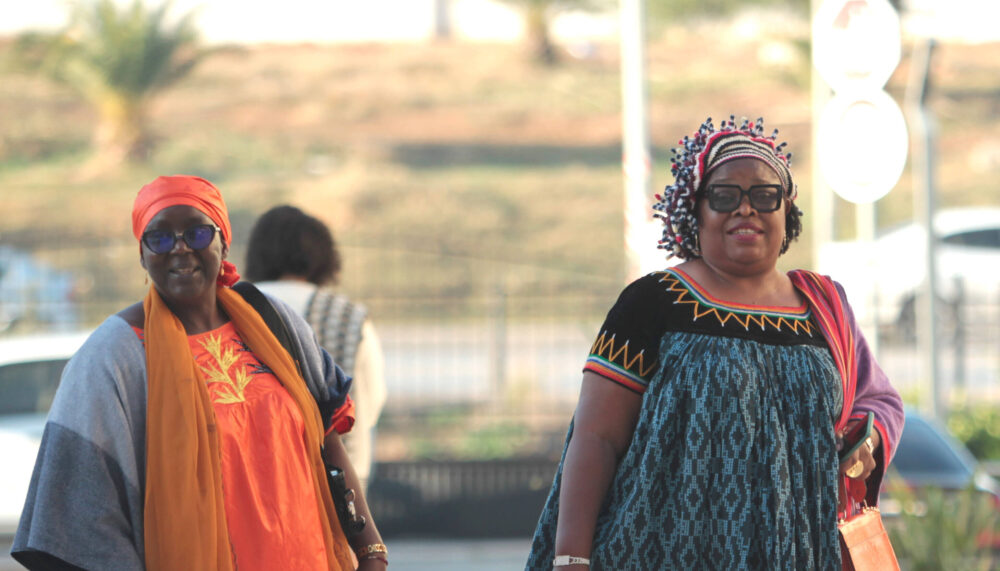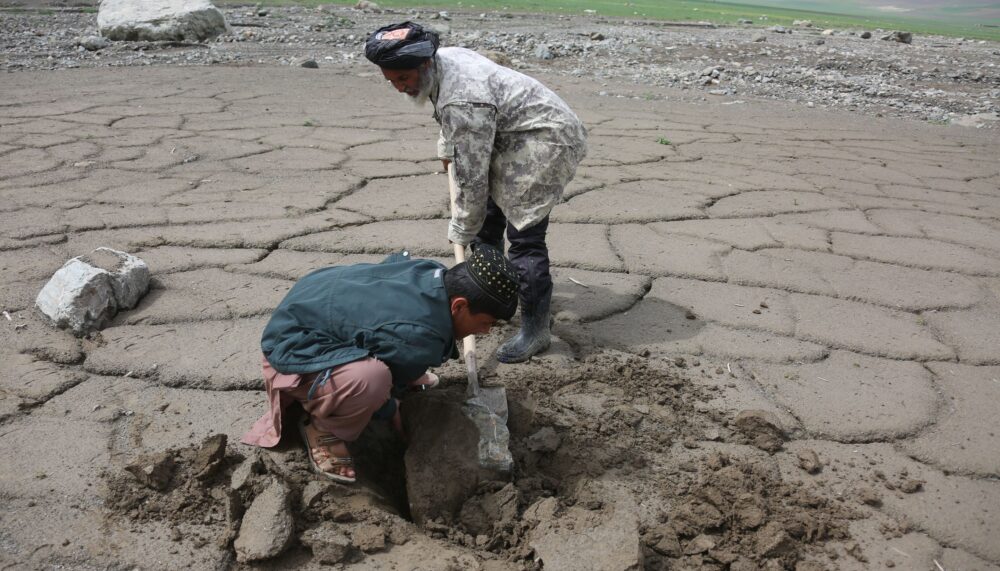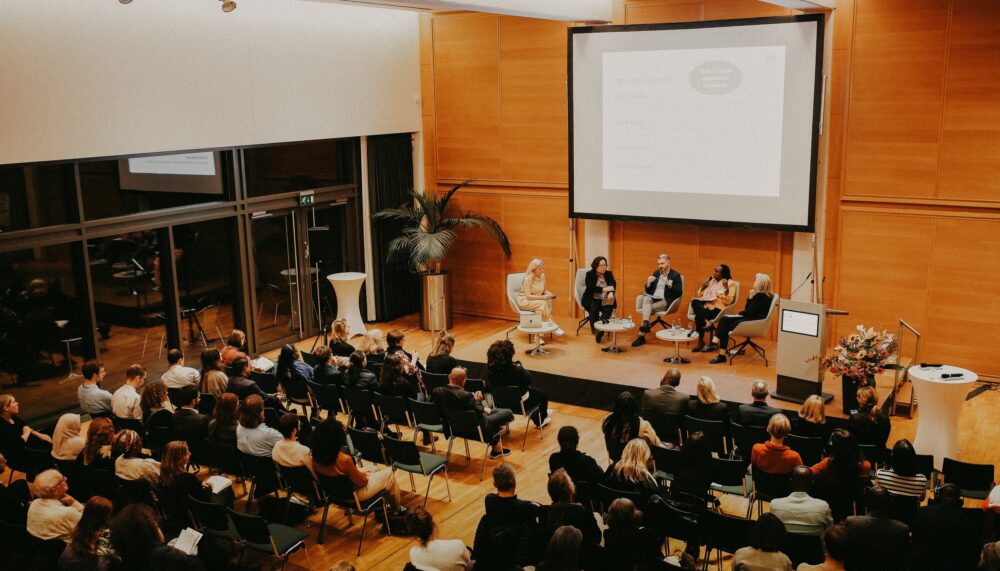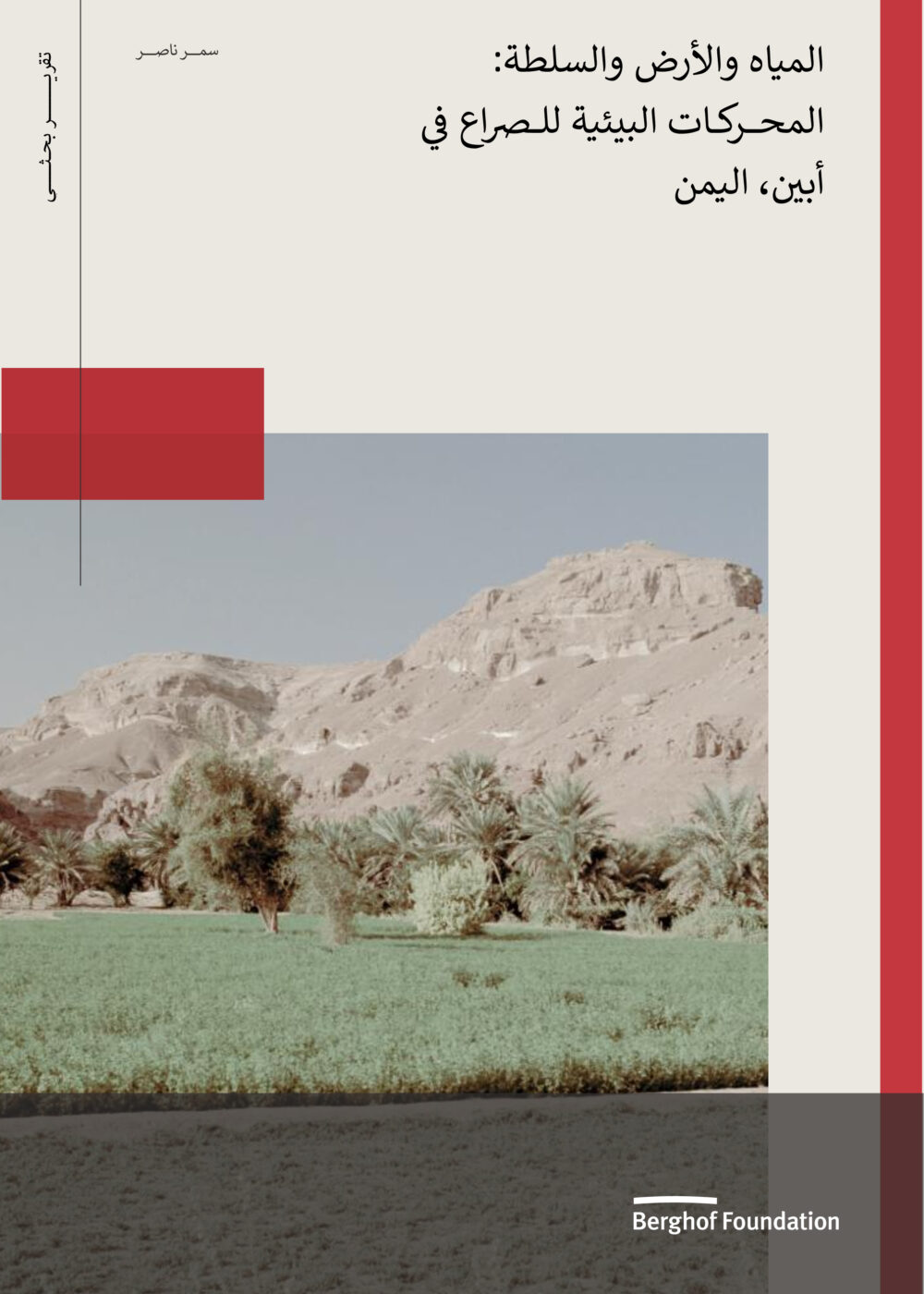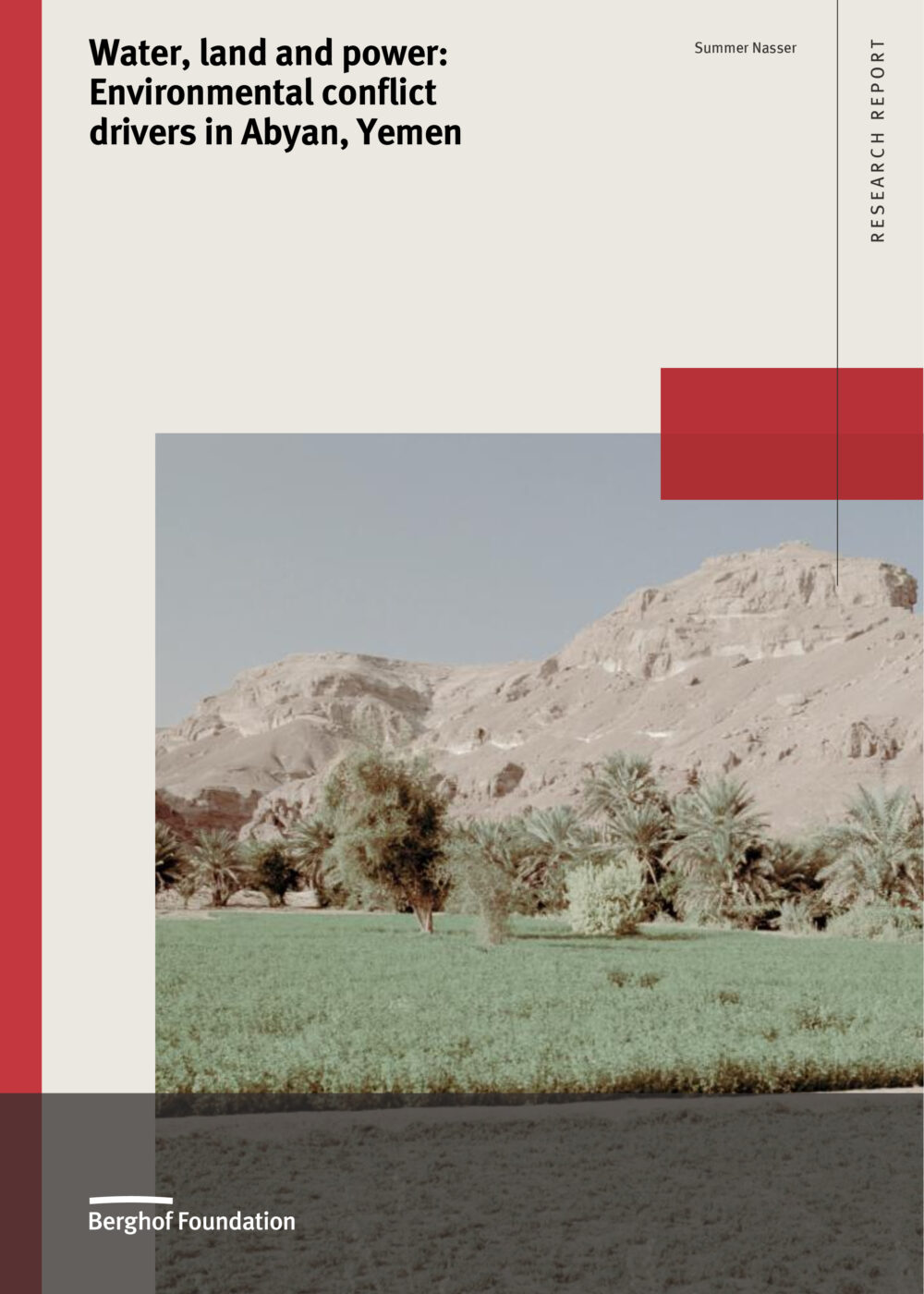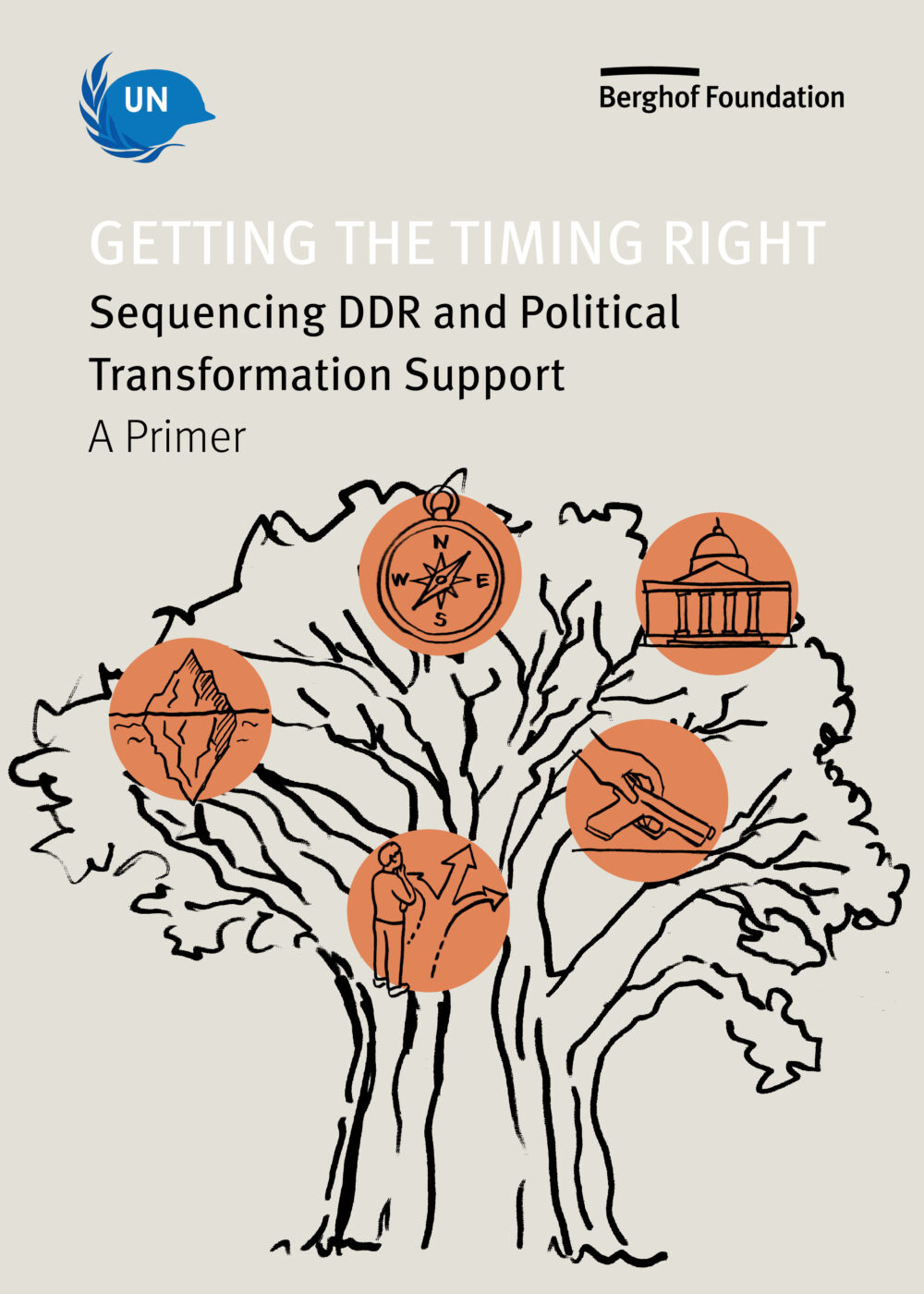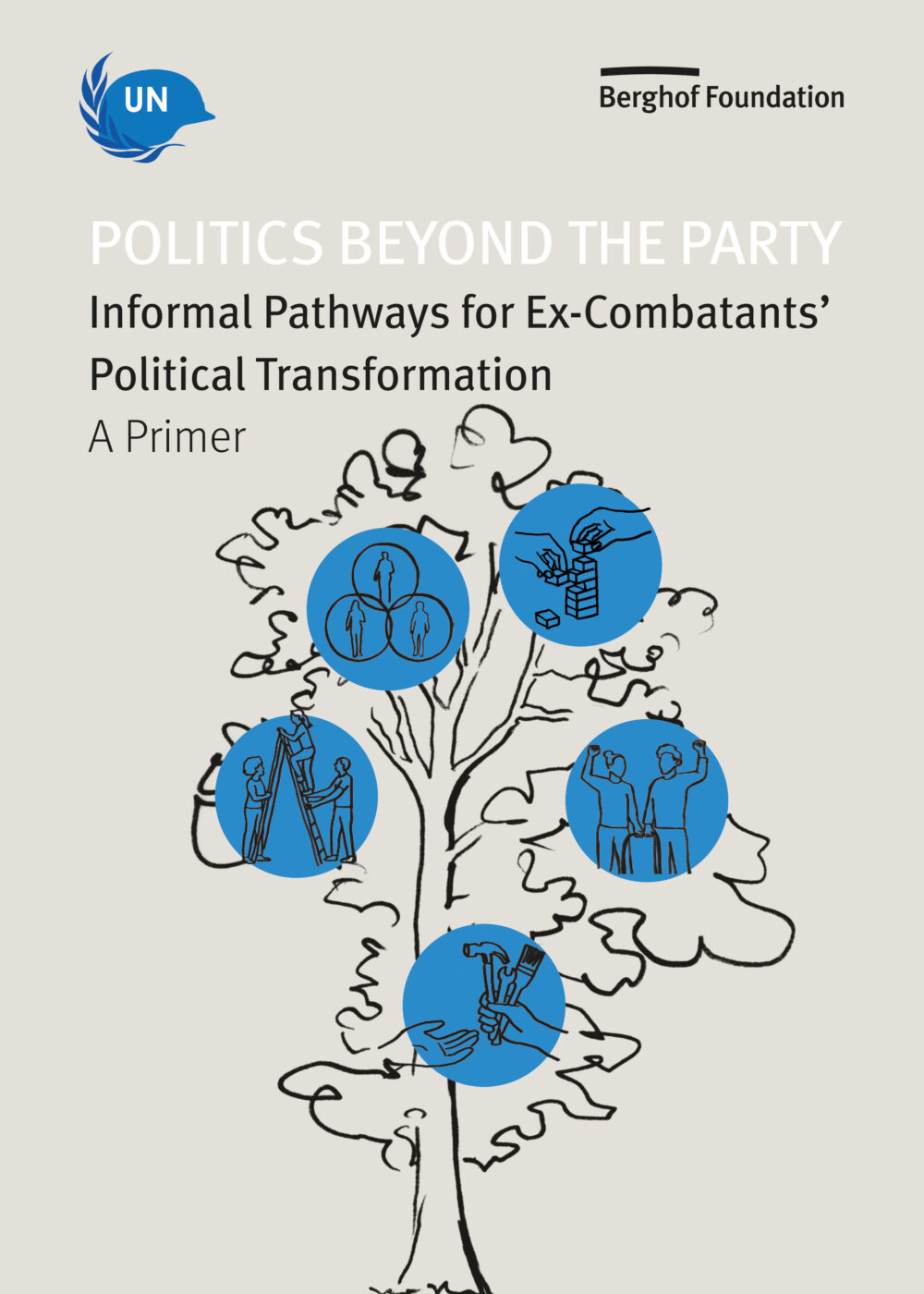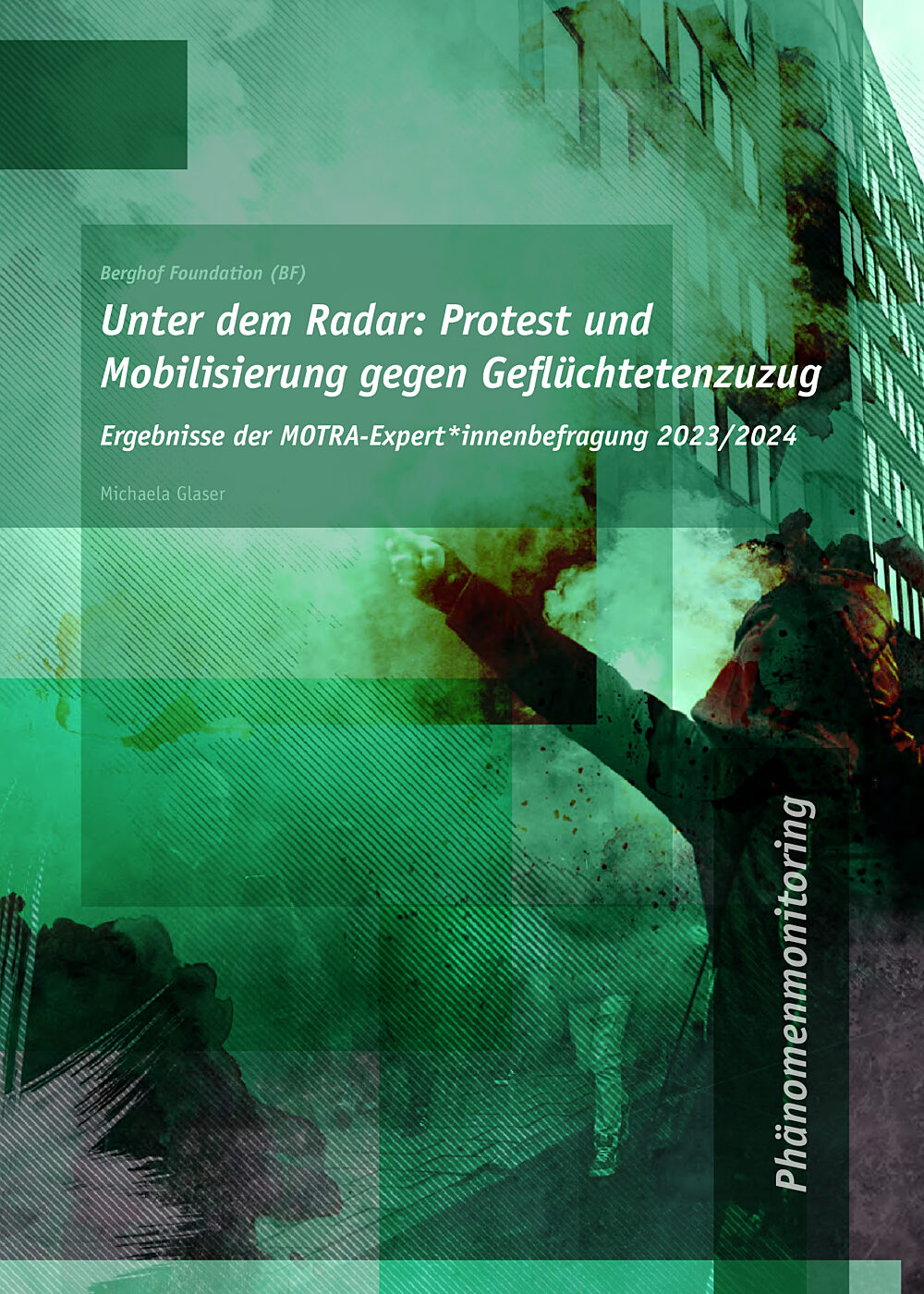1 Mar 2008
Seeking State Power: The Communist Party of Nepal (Maoist)
Transitions Series No. 3
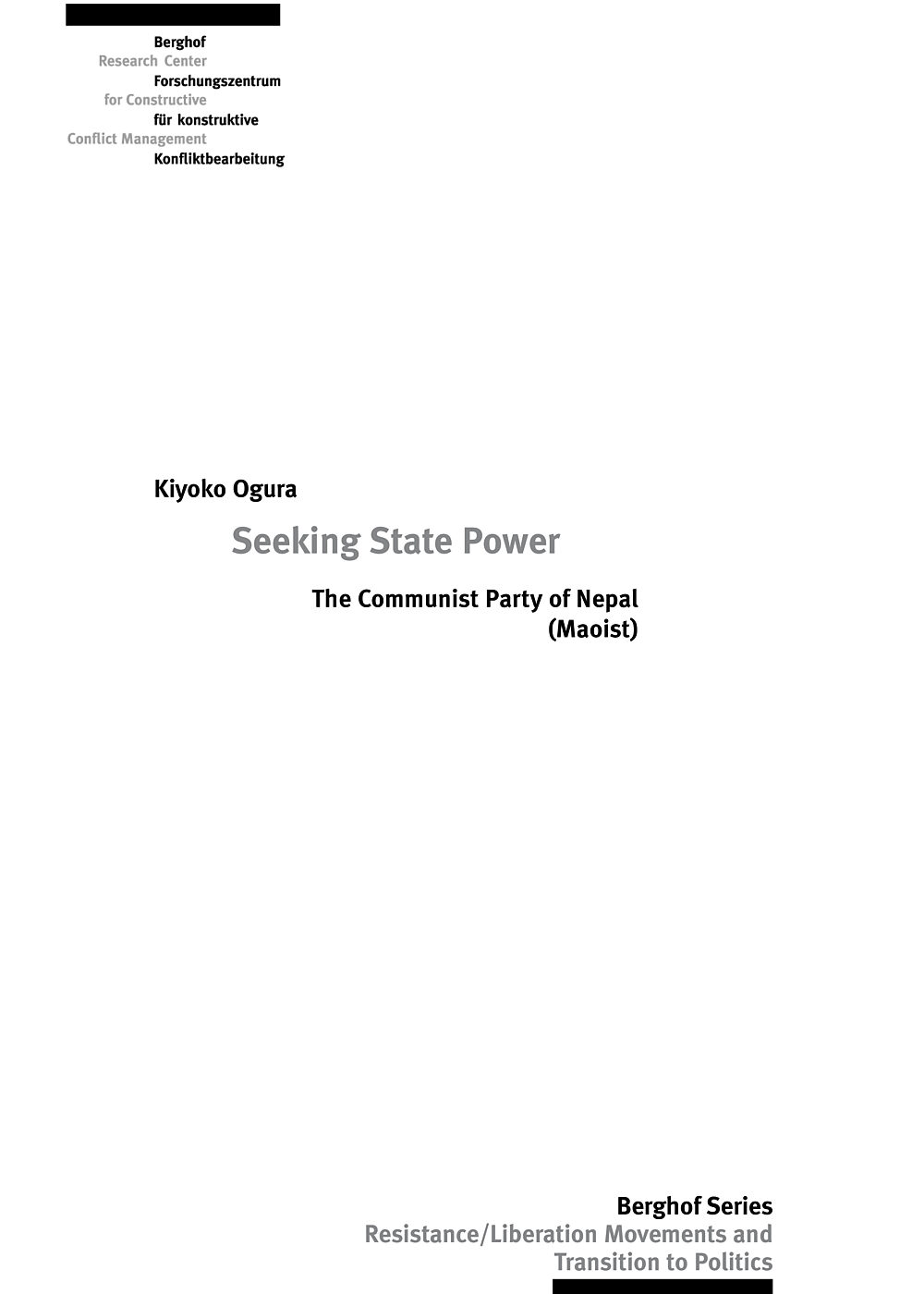
The Communist Party of Nepal (Maoist) launched an armed insurrection movement, the People’s War, on February 13, 1996. Six years earlier, this Himalayan kingdom had experienced a major political change. In April 1990, after nearly thirty years of direct rule by an autocratic monarchy, the Nepali people re-established multi-party democracy with a constitutional monarchy through a street movement lasting 50 days. On the left, the political landscape was divided into various communist factions, which went through a major phase of restructuring, leading to the formation of the CPN (United Marxist-Leninist), the biggest communist party in Nepal, as well as the CPN (Unity Center) and the United People’s Front Nepal (UPFN), both of which were formed by more radical groups. In the first general election held after 1990, the Nepali Congress (NC) party gained a majority in the House of Representatives and formed a government, while the CPN (UML) and UPFN became the second and third largest parties. Following several years of intra-party debates, two radical factions of the CPN (Unity Center) and its open political front, the UPFN, led respectively by Prachanda and Dr. Baburam Bhattarai, formally changed their party name to the CPN (M) in March 1995, with the primary objective of launching an armed rebellion: the People’s War.
Authors
Kiyoko Ogury
Editors
Véronique Dudouet, David Bloomfield
In the early stage of their insurgency, the Maoists mainly concentrated their activities in the mountainous region of western Nepal. They progressively expanded their armed forces and increased their areas of operation across the country, by attacking state forces and carrying out military actions on police stations. By the time of the first peace negotiations in 2001, they claimed that 80 percent of the Nepali territory was under their control. They established their own alternative power structures in their controlled areas, called the ‘People’s Government’. Although the political objectives of their insurgency were ambiguous when they initiated the People’s War, during the 2001 negotiations they clarified this and asked for the election of a Constituent Assembly (CA), which has remained their main political demand ever since.
About this Publication Series
This case study is one of a series produced by participants in an ongoing Berghof research project on transitions from violence to peace. The project’s overall aim is to learn from the experience of those in resistance or liberation movements who have used violence in their struggle but have also engaged politically during the conflict and in any peace process. Recent experience around the world has demonstrated that reaching political settlement in protracted social conflict always eventually needs the involvement of such movements. Our aim here is to discover how, from a non-state perspective, such political development is handled, what is the relationship between political and military strategies and tactics, and to learn more about how such movements (often sweepingly and simplistically bundled under the label of non-state armed groups) contribute to the transformation of conflict and to peacemaking. We can then use that experiential knowledge (1) to offer support to other movements who might be considering such a shift of strategy, and (2) to help other actors (states and international) to understand more clearly how to engage meaningfully with such movements to bring about political progress and peaceful settlement.
- M-19's Journey from Armed Struggle to Democratic Politics: Striving to Keep the Revolution Connected to the People. Berghof Transitions Series No. 1
Mauricio García Durán, Vera Grabe Loewenherz, Otty Patiño Hormaza. 2008
- The ANC and South Africa’s Negotiated Transition to Democracy and Peace. Transitions Series No. 2
Mac Maharaj. 2008
- The Politics of Transformation: The LTTE and the 2002-2006 peace process in Sri Lanka. Transitions Series No. 4
Suthaharan Nadarajah, Luxshi Vimalarajah. 2008
- From Politics to Arms to Politics Again: The Transition of the Gerakan Aceh Merdeka (Free Aceh Movement - GAM). Transitions Series No. 5
Agus Wandi, Wolfram Zunzer. 2008
- The Basque Country: The Long Walk to a Democratic Scenario. Transitions Series No. 7
Urko Aiartza Azurtza, Julen Julen Zabalo. 2010
- The Road to Peace in Ireland. Transitions Series No. 6
Bairbre de Brún. 2008
- The KLA and the Kosovo War: From Intra-State Conflict to Independent Country. Transitions Series No. 8
Armend R. Bekaj. 2010
- From Revolutionary War to Democratic Revolution: The Farabundo Martí National Liberation Front (FMLN) in El Salvador. Transitions Series No. 9
Alberto Martín Álvarez. 2010
- The CNDD-FDD in Burundi: The path from armed to political struggle. Transitions Series No. 10
Willy Peter Nindorera. 2012
- Le CNDD-FDD au Burundi: Le cheminement de la lutte armée au combat politique. Transitions Series No. 10
Willy Peter Nindorera. 2012
- “Living Freedom” – The Evolution of the Kurdish Conflict in Turkey and the Efforts to Resolve It. Transitions Series No. 11
Adem Uzun. 2014
- ETA’s disarmament in the context of international DDR guidelines: Lessons learnt from an innovative Basque scenario. Transitions Series No. 12
Basque Permanent Social Forum. 2017
- Peace Prevails: A Review of the Process to Peace and Reconciliation between the Afghan Government and Hezb-e Islami. Transitions Series No. 13
Mushtaq Muhammad Rahim. 2019
- سوله بریا ده. د افغان حکومت او حزب اسال مي تر منځ د سولې هوکړه لیک
Mushtaq Muhammad Rahim. 2019
- صلح پیروزی است. مروری بر پروسه صلح و مصالحه میان حکومت افغانستان و حزب اسلامی
Mushtaq Muhammad Rahim. 2019
Thanks for your interest
If you find this publication useful, please consider making a small donation. Your support enables us to keep publishing.
